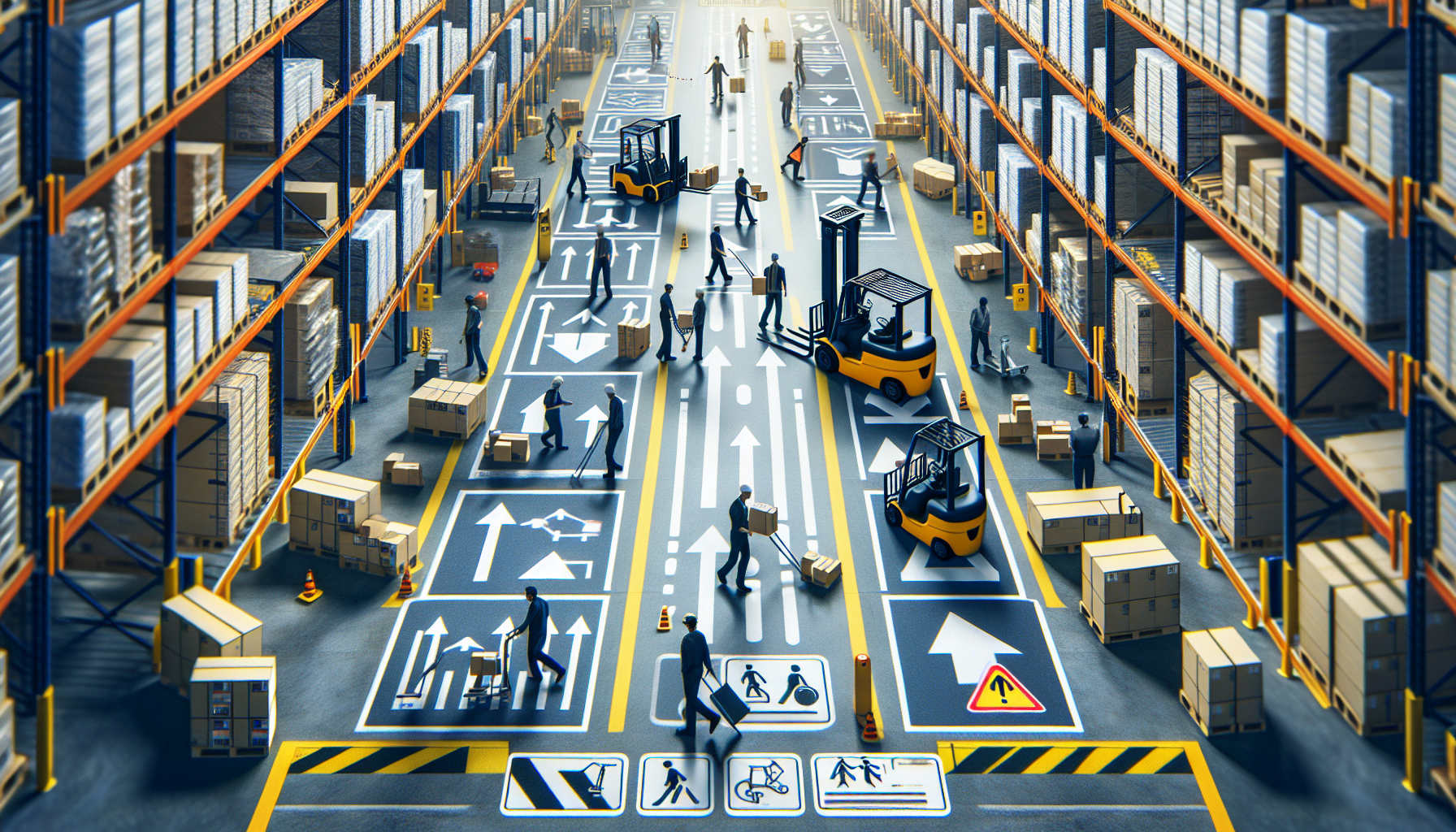How to Design Walkways for High-Traffic Warehouse Areas
Designing walkways for high-traffic warehouse areas is crucial for ensuring the safety and efficiency of warehouse operations. A well-designed walkway layout can help prevent accidents, improve employee productivity, and optimize the flow of goods within the warehouse. In this article, we will explore the key considerations and best practices for designing walkways in high-traffic warehouse areas.
1. Analyze Traffic Flow:
Before designing walkways, it is essential to analyze the traffic flow within the warehouse. This includes understanding the movement of employees, forklifts, and other equipment. By studying the patterns and volume of traffic, you can identify the most common routes and areas prone to congestion.
2. Separate Pedestrian and Vehicle Areas:
One of the fundamental principles of designing walkways for high-traffic warehouse areas is to separate pedestrian and vehicle areas. This helps to prevent accidents and ensures the safety of employees. Use physical barriers such as guardrails or marked lines to clearly define pedestrian walkways and vehicle lanes.
3. Implement Forklift Pedestrian Detection Systems:
An important technological solution to enhance safety in high-traffic warehouse areas is the implementation of forklift pedestrian detection systems. These systems use sensors and cameras to detect the presence of pedestrians and provide audible and visual warnings to forklift operators. This is crucial in preventing accidents and promoting a safe working environment. Consider investing in a reliable forklift pedestrian detection system for your warehouse.
4. Optimize Walkway Width:
It is essential to determine the appropriate width of walkways in high-traffic areas. A narrow walkway can hinder the movement of employees, while an excessively wide walkway can lead to inefficient use of space. Consider the size of equipment, goods, and the volume of pedestrian traffic to establish the optimal width for walkways.
5. Ensure Adequate Lighting:
Proper lighting is crucial for warehouse safety and efficiency. In high-traffic areas, ensure that walkways are well-lit to enhance visibility for employees and equipment operators. This can help prevent accidents and assist employees in navigating through the warehouse effectively.
6. Utilize Clear Signage:
Clear signage is essential for guiding employees and drivers through the warehouse. Use clear and visible signs to indicate the direction of walkways, designated pedestrian areas, and potential hazards. This helps to prevent confusion and promote a safe and organized warehouse environment.
7. Regularly Review and Improve:
The design of walkways should not be a one-time effort. It is crucial to regularly review and assess the effectiveness of your walkway layout. Seek feedback from employees, monitor traffic patterns, and identify any potential bottlenecks or safety hazards. Continually improving and refining your walkway design will help optimize efficiency and safety in high-traffic warehouse areas.
In conclusion, designing walkways for high-traffic warehouse areas requires careful analysis, planning, and implementation. By considering traffic flow, separating pedestrian and vehicle areas, implementing forklift pedestrian detection systems, optimizing walkway width, ensuring adequate lighting, utilizing clear signage, and regularly reviewing and improving, you can create a safe and efficient work environment in your warehouse. HCO Innovations provide warehouse optimization solutions that can help you enhance safety, productivity, efficiency, and cost-effectiveness in your warehouse operations.

